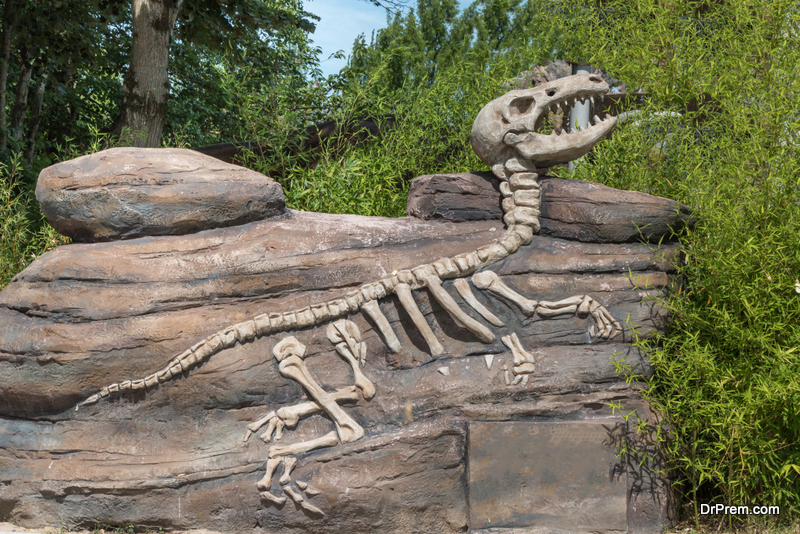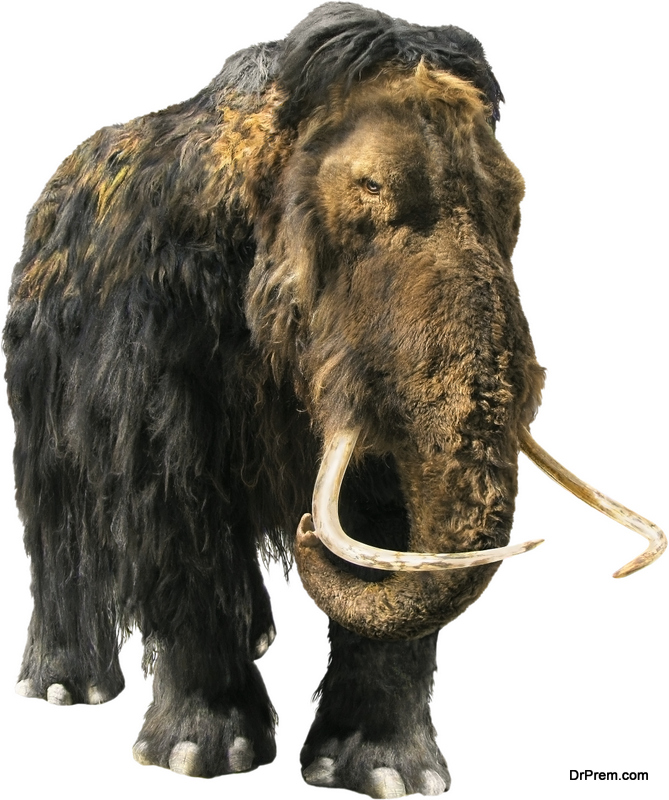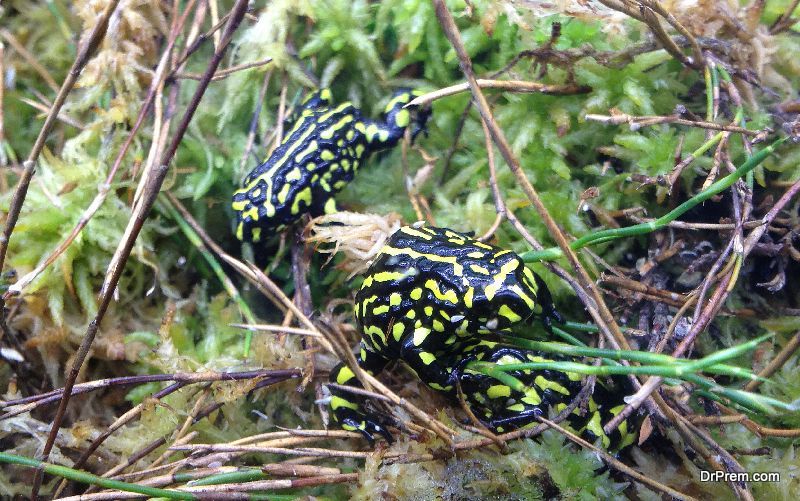Megafauna or the species of animals, which weigh more than 97 pounds or 45 kilograms, were abundant thousands of years ago. Today, the surviving megafauna are at the point of extinction. Megafauna were earlier found on all the continents, not just Africa. So how did megafauna become extinct all of a sudden? Archaeologists have been studying this for some time now, and most of them have concluded that these megafauna disappeared at the same time that humans came on the scene. The extinctions were neither at the same time nor at universal, but maybe there was a human role in megafauna extinction. Let’s look at some theories which might help to understand whether humans were actually responsible for the extinction of megafauna or not:
When did megafauna start disappearing
Most of the megafaunal extinctions took place during the last 130,000 years. This affected reptiles, birds and mammals.
Before modern humans migrated from Africa to other continents, all the continents had a huge population of herbivore megafauna, along with Denisovans, Neanderthals, Homo Erectus. There were very few predators and Earth had mostly grassland ecosystems or steppe, maintained by the mega sized animals. This was because the giant animals trampled on the saplings and consumed them, which did not allow trees to thrive.
There are many megafauna extinction theories, including human role in megafauna extinction. Climate change is considered to be one of the reasons why so many species of megafauna disappeared. Overkill is another theory , as when humans came on the scene, they started to hunt animals for food. Bigger animals meant more food for the tribe, so food could be one of the reasons why the megafauna died out.
Recent study links human role in megafauna extinction
Hornless rhinos, short faced bears and Glypotdons were endangered megafauna species, which disappeared over 125,000 years ago. The mysterious disappearance has led to many megafauna extinction theories. Some paleontologists have analyzed evidence spanning millions of years and have discovered that the most endangered species of megafauna started to die out just around the time the first humans showed up on Earth. Their findings were announced in the journal ‘Science’.
Findings of the study
The paleontologists studied all the fossil records of mammals after the dinosaurs became extinct, i.e. approximately 65 millions years ago, to the present day. The researchers found that being huge did not factor into the high risk of extinction, till the time Homo Erectus appeared on the planet, 1.8 million years ago. The cause could be because this new breed of humans used tools and hunted as a group. Thus human role in megafauna extinction is a possibility.
Before the Homo Erectus came on the scene, hominids were largely vegetarians. Then, humans began to eat meat and hunt down animals, as animals meant more food and calories at one go. For example, killing a huge animal like the woolly mammoth would last a whole tribe food enough for quite a while, rather than killing small rabbits.
Thus, megafauna became the most endangered species on Earth, as they began to be killed off for food. This is one of the patterns which were noticed by the paleontologists at New Mexico University – that of the mammals which disappear being up to 1000 times bigger than the species which survived. This was found to be true for all continents, except Antarctica, in the past 125,000 years.
Could stress have killed them off
Another way, in which there was a human role in megafauna extinction, was causing enough stress to the species which made it hard for them to reproduce. So, though humans may not have killed off every one of the largest animals, but they probably contributed to the decreased fertility rate of the megafauna, which endangered megafauna species. The fertility rate fell so drastically, that the megafauna species could not produce enough progeny to replace the numbers killed. This meant that the megafauna population just died off.
Will the cow be the largest mammal on Earth
If the trend of large mammals going extinct continues, it can mean the end of the beloved elephants, hippos, rhinos and other large animals becoming extinct too. They could go the way of the Northern White rhino, of which there are only two females left in the entire world. Sad, but true!
The study by Dr. Felisa Smith suggests that as human impact made the large animals vulnerable, humans have not changed their behavior. Rather, human beings have done everything to better their own condition, without a thought for the surrounding flora and fauna.
Did climate change have a hand in megafauna extinction?
Scientists had known the sudden extinction of large mammals, but it was never clear whether humans or climate change was responsible, or maybe both. But the authors of the new study suggest that climate change affected both small and large mammals equally, thus ruling out climate change as a reason for megafauna extinction. If climate change had been the cause, then extinction events would occur at the time of major climate events documented, which is not the case. The size dependent extinction does not seem to have climate change as a cause.
It’s not just a co-incidence that megafauna became extinct when modern day humans appeared on the planet.
Not only huge mammals, but aquatic megafauna is under threat
The largest reptiles, fish, birds and amphibians are also being pressured into extinction. The study co-author Kate Lyons is of the opinion that the megafauna extinction occurred not long after the human race’s birth. It seems that humans have been behaving the same way for 200,000 years. About 15,000 years before, the average size of the mammals of Northern America had decreased from 216 to 17 pounds, i.e. approximately the size of a terrier. So when the scientists made extreme assumptions about the size of the biggest mammals in the next 200 years, they found that the biggest mammal would be the cow.
The human role in megafauna extinction cannot be denied, though there is no concrete evidence. We have to now concentrate on conserving the remaining megafauna, or else we will lose a huge chunk of evolution. Large mammals usually are herbivores and traverse over huge distances during the course of which they devour large areas of vegetation as well as spread nutrition. If they disappear, entire ecosystems will be affected and maybe one day, the smaller mammals will disappear too.








